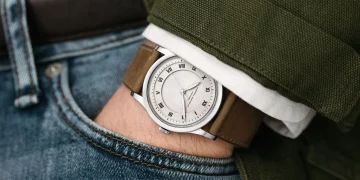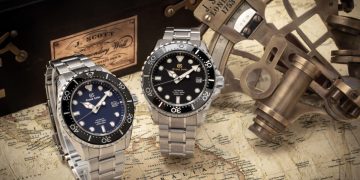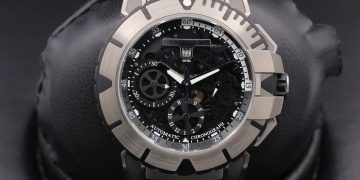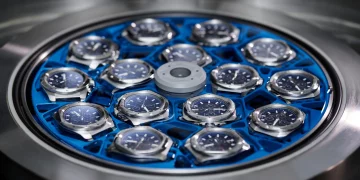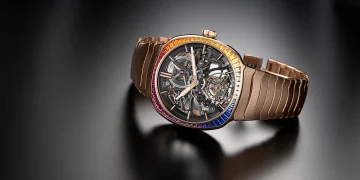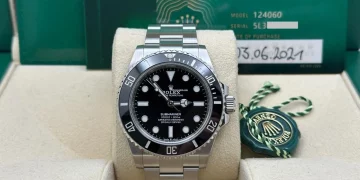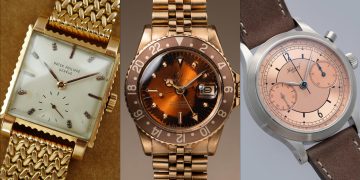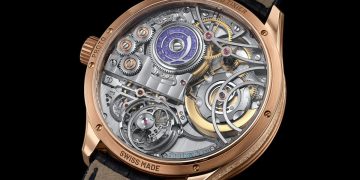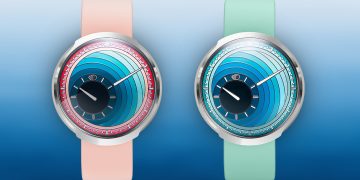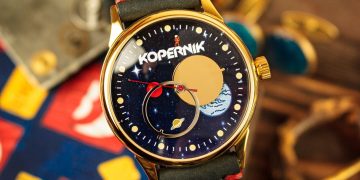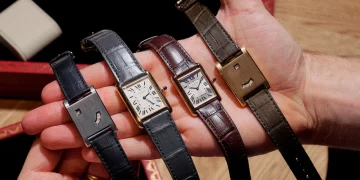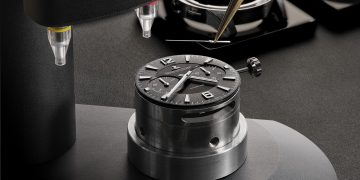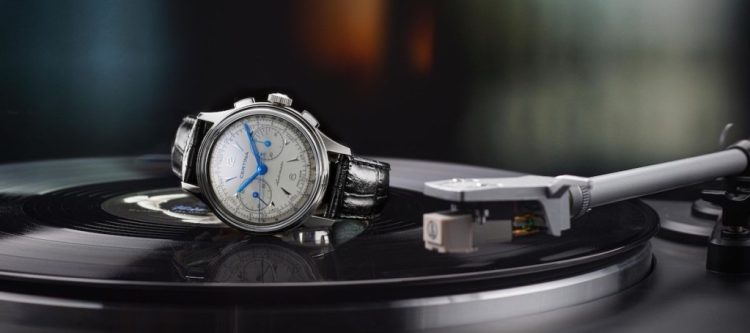In the world of horology, few materials have sparked as much controversy as silicon. Once hailed as the future of mechanical watchmaking, silicon is now the subject of a fierce debate between two opposing factions of watchmakers: traditionalists and modernists. These two camps have very different views on the role of silicon in mechanical movements, with each side offering compelling arguments for and against the material.
Silicon’s rise in the watchmaking world is undeniable. Its lightweight, corrosion-resistant, and highly precise nature makes it an appealing alternative to traditional materials such as steel, brass, and gold. But despite these advantages, silicon has also raised significant concerns regarding the preservation of traditional watchmaking craftsmanship, its long-term reliability, and its potential to disrupt the classic values of the watch industry.
In this article, we will delve into the controversies surrounding silicon in mechanical watches. We will explore why some watchmakers are embracing silicon components in their movements, while others are deeply cautious about its integration. Additionally, we will examine the impact of this debate on the broader watchmaking world, the balance between tradition and innovation, and what silicon’s role could mean for the future of horology.
The Rise of Silicon: A Revolution in Watchmaking Materials
To understand why silicon has become so contentious in the watchmaking industry, it’s important first to grasp why it was introduced in the first place. Silicon, a naturally abundant material known for its semiconductor properties, was first adopted in the watchmaking world in the 2000s. It quickly became recognized for its key advantages, particularly in terms of precision and durability.
In traditional mechanical movements, components like the balance spring and escapement are crucial to the accuracy and functioning of the timepiece. However, these components are often vulnerable to damage due to friction, temperature changes, and magnetic fields. Silicon was seen as a potential solution to these issues because it has a much lower coefficient of friction than metal, making it highly resistant to wear and tear. Additionally, silicon’s resistance to magnetism and corrosion further appealed to watchmakers looking to improve the longevity and performance of their movements.
Over time, various Swiss watchmaking giants such as Rolex, Omega, and Patek Philippe began to experiment with silicon in their movements, incorporating it into critical components like the hairspring (balance spring) and escapement. These innovations led to the development of more precise and robust mechanical watches that were less affected by environmental factors.
However, despite its technical advantages, the adoption of silicon has raised questions about its impact on the long-standing traditions of the horological craft.
Traditionalists’ Resistance to Silicon: A Threat to Heritage and Craftsmanship
For many traditional watchmakers, the introduction of silicon in mechanical watches represents a threat to the very soul of watchmaking. To these purists, the idea of incorporating synthetic materials into movements is a step away from the rich history and artisanal craftsmanship that has defined Swiss watchmaking for centuries. The resistance is rooted in the belief that silicon, while technologically advanced, undermines the authenticity and traditional values that are central to horology.
Traditionalists argue that the use of silicon components in watches compromises the intricacy and artistry of mechanical movements. Watchmaking, they contend, is as much about the skill of the craftsman as it is about the materials used. Silicon, by its nature, is produced using advanced manufacturing processes that are far removed from the meticulous handcrafting techniques that have been the hallmark of Swiss watchmaking for centuries.
For example, traditional watch components such as balance springs are often carefully crafted by master artisans who shape them with great precision to ensure that the watch’s movement is as accurate as possible. Silicon, by contrast, is manufactured using high-tech methods that rely on industrial processes and automated machinery. To the traditionalists, this mass production approach detracts from the personal touch that defines luxury watchmaking.
Another concern among traditionalists is the long-term durability and repairability of silicon components. While silicon is known for its resistance to corrosion and wear, it is not invulnerable. Traditional watchmakers fear that over time, silicon parts may degrade in ways that are difficult to predict, especially given the lack of historical data about the material’s performance over several decades. Moreover, if a silicon component fails, it is often harder to repair than a traditional metal part, as the specialized equipment required to replace or repair silicon is not as widely available as the tools for working with metals like brass and steel.
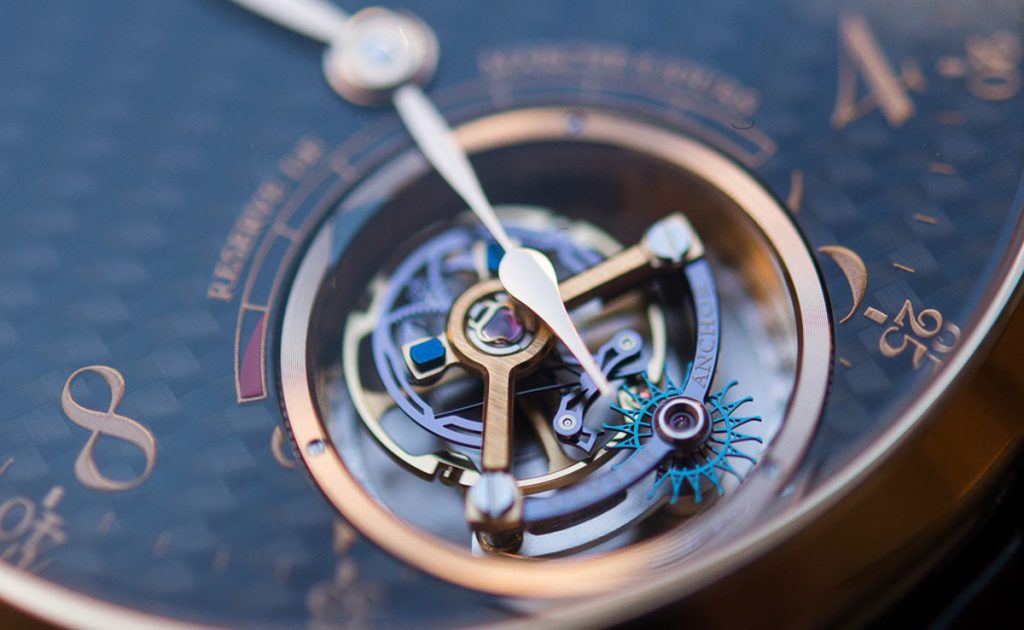
Modernists’ Embrace of Silicon: A Leap Forward in Precision and Innovation
On the opposite end of the spectrum, modernists argue that silicon is a natural and necessary evolution in the world of horology. They believe that watchmaking should embrace technological advances to improve the accuracy, reliability, and overall performance of mechanical movements. For these watchmakers, silicon is a material that has the potential to revolutionize the industry by making mechanical watches more precise, robust, and accessible to a wider audience.
The key advantage of silicon is its low friction, which significantly reduces wear and tear on vital components of a watch movement. For example, the balance spring, which is responsible for regulating the timekeeping of a mechanical watch, is one of the most sensitive components of the movement. Silicon’s resistance to friction ensures that the balance spring remains stable for much longer than traditional materials, thereby improving the long-term accuracy of the watch.
Moreover, silicon’s resistance to magnetic fields is a game-changer in the world of horology. Magnetic interference can affect the accuracy of traditional mechanical watches, especially in environments where magnetic fields are present, such as near electronics or high-power equipment. Silicon components are immune to magnetism, which makes them ideal for improving the reliability of watches worn in modern, technology-heavy environments.
For modernists, the use of silicon isn’t just about improving mechanical performance; it’s also about pushing the boundaries of what is possible in watchmaking. As the industry looks toward the future, innovation in materials like silicon allows brands to develop entirely new types of movements and functionalities that would have been impossible with traditional materials.
Some proponents of silicon even suggest that its widespread adoption could lead to a shift in how we view watchmaking. Rather than seeing horology as a purely traditional craft, they envision a future where watchmaking combines the best of both worlds—heritage craftsmanship and cutting-edge technology. In this vision, the integration of silicon and other modern materials would not replace the artistry of watchmaking but rather complement it, opening up new avenues for creativity and precision.
The Hidden Battle: Material Innovation vs. Tradition
At the heart of the debate between traditionalists and modernists lies a broader philosophical question about the direction of watchmaking: should the industry prioritize innovation and progress, or should it protect and preserve the traditions that have defined it for centuries?
On one hand, materials like silicon represent the future of watchmaking. As technology continues to advance, so too do the materials available to watchmakers. Silicon’s practical benefits—low friction, magnetic resistance, and durability—make it a powerful tool for improving the performance and longevity of mechanical watches. However, these advantages come at a cost: they challenge the traditional techniques that have been honed over centuries and form the foundation of the watchmaking craft.
On the other hand, maintaining the legacy of traditional watchmaking is about more than just aesthetics or historical accuracy; it is about preserving the skills and knowledge that have been passed down through generations of master watchmakers. For those who value the artistry of watchmaking, the use of silicon represents a departure from the craftsmanship that has made Swiss watches renowned the world over.
Ultimately, the question comes down to whether innovation and tradition can coexist in harmony or whether they are inherently at odds. The answer may lie somewhere in the middle. Many watchmakers are finding ways to incorporate modern materials like silicon into their movements while still honoring the traditional techniques that make watchmaking an art form.
The Future of Silicon in Watchmaking: A Balancing Act
The future of silicon in watchmaking is still unfolding, and it remains to be seen how the industry will ultimately reconcile these two opposing viewpoints. While silicon may never fully replace traditional materials in the highest-end luxury watches, it is likely to continue playing a role in the development of more accurate, durable, and accessible timepieces.
As the watchmaking industry moves forward, it will be crucial for watchmakers to strike a balance between honoring the craftsmanship and traditions of the past while embracing the innovations that will shape the future of horology. Silicon may be the material of tomorrow, but it is only one piece of the puzzle in the ever-evolving world of watchmaking.
In the end, the debate over silicon is more than just about a material—it’s about the values and philosophies that drive the watchmaking industry as a whole. Whether silicon becomes a permanent fixture in the world of mechanical watches or remains a niche innovation, one thing is certain: the battle between tradition and innovation will continue to shape the future of horology for years to come.

